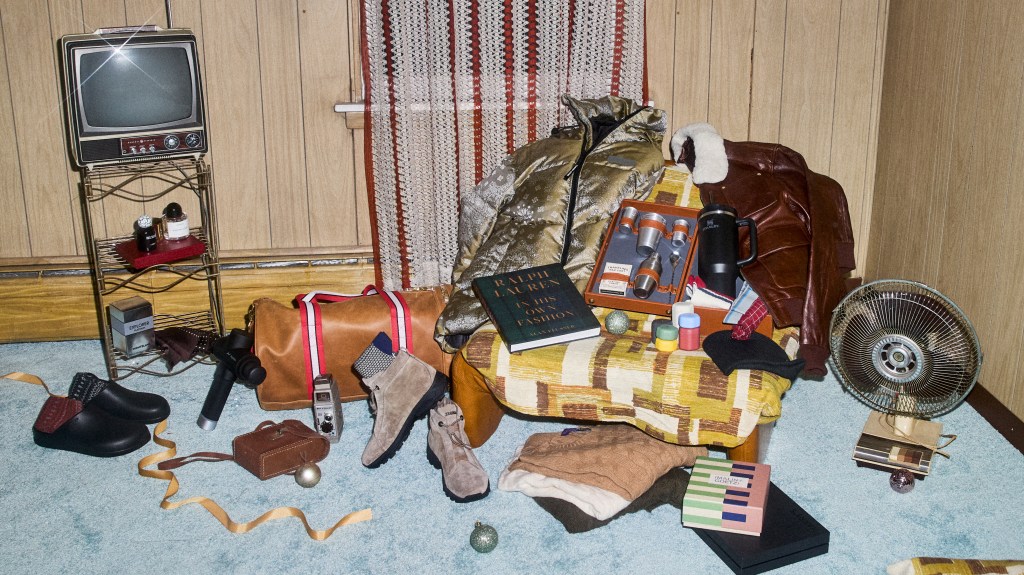LONDON – Sales at Cartier parent Richemont grew 10 percent at constant exchange to 10.62 billion euros in the first half despite a raft of challenges ranging from surging gold prices to geopolitical events.
Sales at the group, home to brands including Van Cleef & Arpels, IWC, Alaïa and Chloé, were up 5 percent at reported exchange in the six months to Sept. 30.
The second quarter was a standout, with all regions delivering double-digit growth at constant exchange due to “sustained local demand” and despite a series of price tweaks aimed at mitigating the impact of higher gold prices, and severe currency fluctuations.
You May Also Like
The results outstripped analysts’ expectations, and sent the share price up nearly 7 percent to 172.40 Swiss francs at 11:15 a.m. CET.
Jefferies said the results “confirm the group as the fastest growing in luxury” given the double-digit sales gains in the second quarter. The bank said the jewelry division “remains a remarkable locomotive for growth, further supported by Cartier newness and stepped-up price recovery,” aimed at mitigating costs in the period.
Sales at the jewelry maisons were up 9 percent to 7.75 billion euros at reported exchange and 14 percent at constant rates. At the specialist watchmakers, sales were down 6 percent. At constant exchange rates, the division saw 3 percent growth in the second quarter, driven by sequential improvement across all geographic regions.
Richemont said the new Cartier Love Unlimited collection, which features ridged bracelets and rings with flexible bands, was a bestseller, as were the new Flowerlace designs from Van Cleef & Arpels. Classic designs, including the Van Cleef Alhambra, also kept cash tills ringing in the half.
Watch sales also showed improvement, declining at a slower rate than in the previous period. At constant exchange, watch sales were down 2 percent in the first half. They returned to growth in the second quarter, rising 3 percent at constant exchange.

In China, Hong Kong and Macau, sales “stabilized” in the first half, and rose 7 percent in the second quarter at constant exchange rates, with sales of fine jewelry driving growth. The Americas region grew 18 percent, while sales in Europe were up 11 percent at constant exchange in the six-month period.
Operating profit rose 7 percent to 2.4 billion euros, while profit for the period surged to 1.81 billion euros from 457 million euros. The increase was due to the non-recurrence of the 1.2 billion euros non-cash write-down from discontinued operations linked to the sale of Yoox Net-a-porter group to Mytheresa parent LuxExperience.
Richemont said it has been keeping tight lid on costs, while continuing to invest in jewelry manfacturing capabilities, store openings regions – such as China – where it sees longterm potential.
The company added that U.S. tariffs on goods made in Switzerland and the European Union had been contained so far at around 50 million euros in the first half.
That could rise to 300 million euros in the current fiscal year if tariffs on Swiss-made goods remain at 39 percent. Swiss government ministers are currently in Washington, D.C. meeting with U.S. President Donald Trump’s team in the hope of slashing them to around 15 percent.
The company’s founder and chairman Johann Rupert described the six-month performance as “remarkable,” and said that over the past months the group has been “stress-tested by an unprecedented combination of external macroeconomic headwinds,” including currency fluctuations, soaring gold prices and the impact of U.S. duties, especially on Swiss-made watches.
Rupert added that Richemont would continue to “navigate through uncertain times, given that the recovery path remains unsteady.” He added that in China “external pressures show no sign of abating. Managing the uncertainty will continue to require agility and discipline.”



